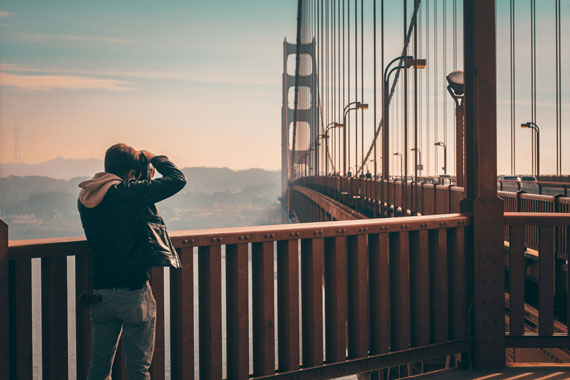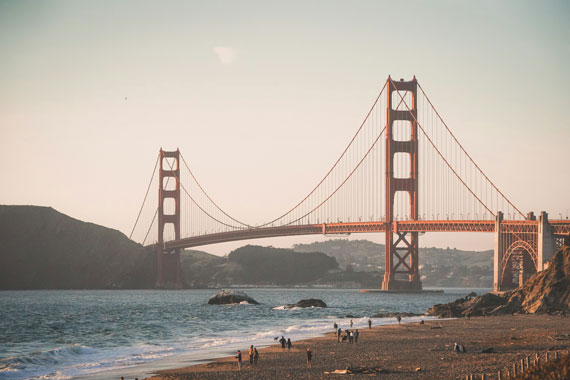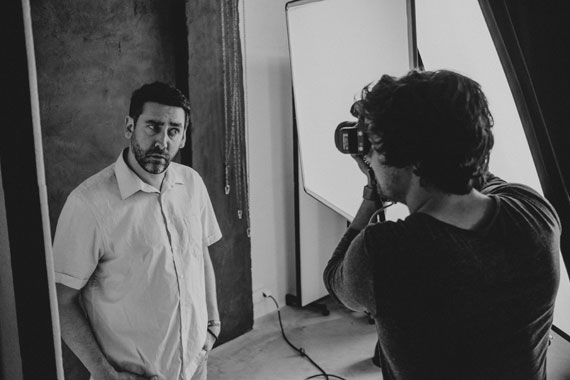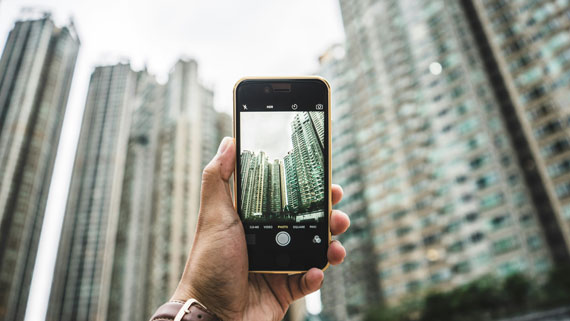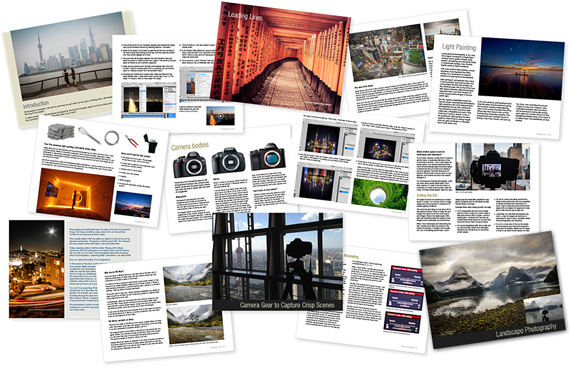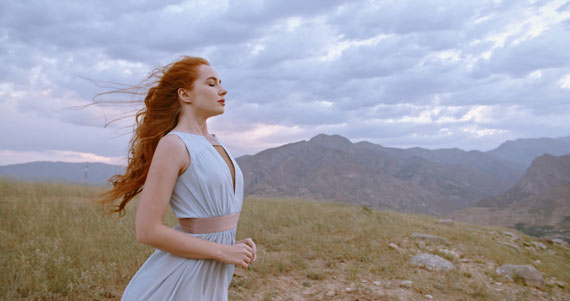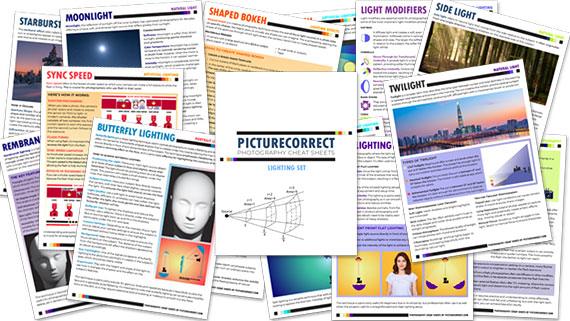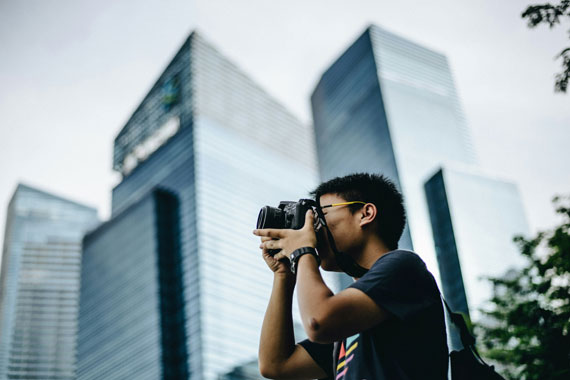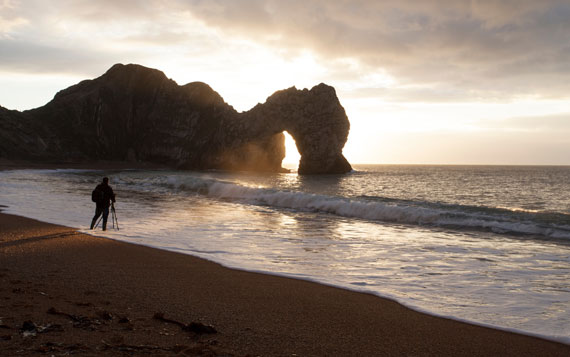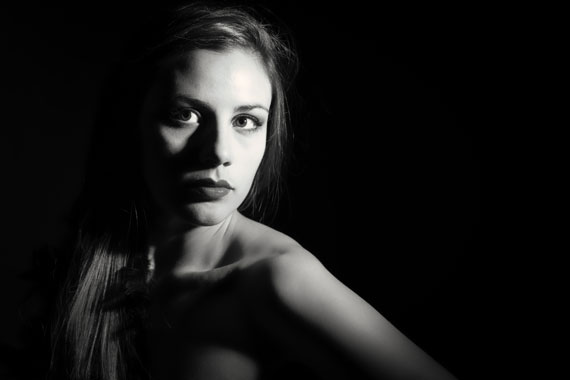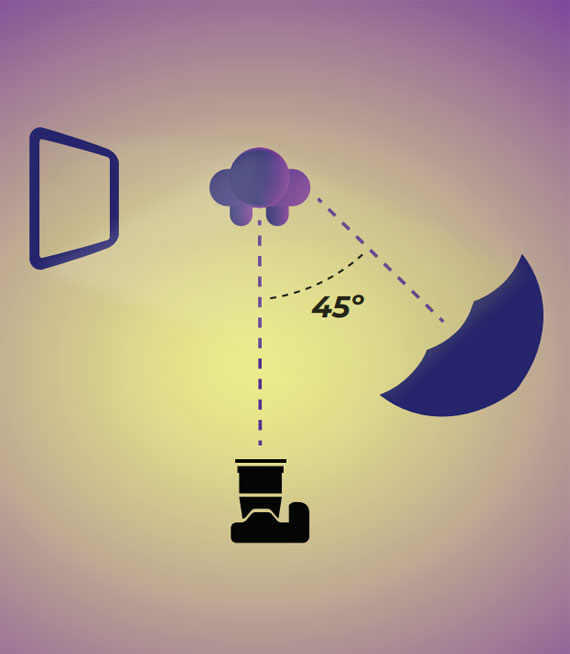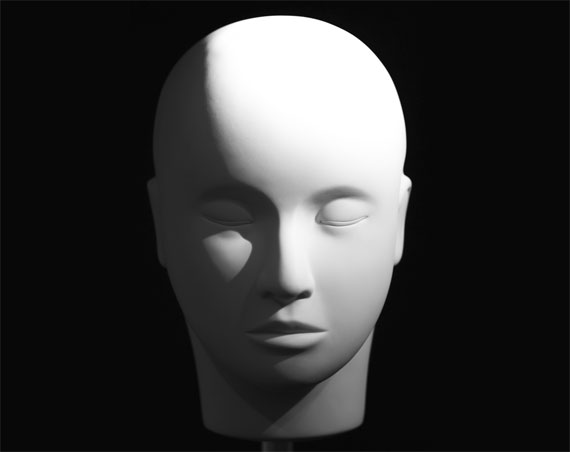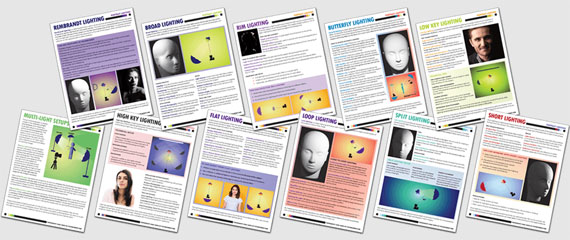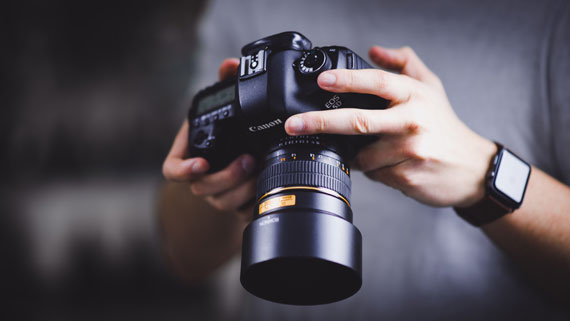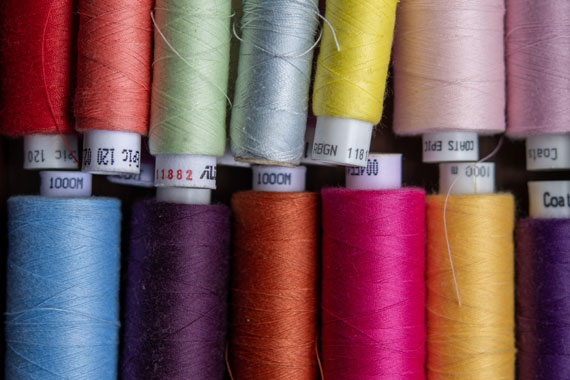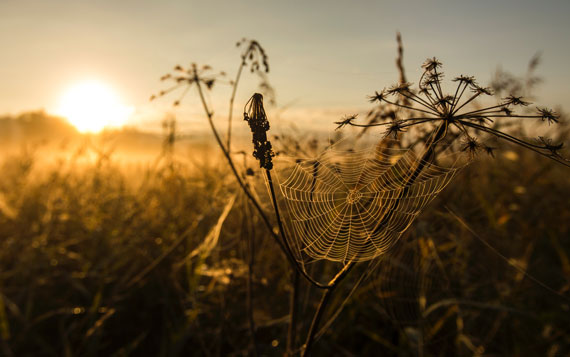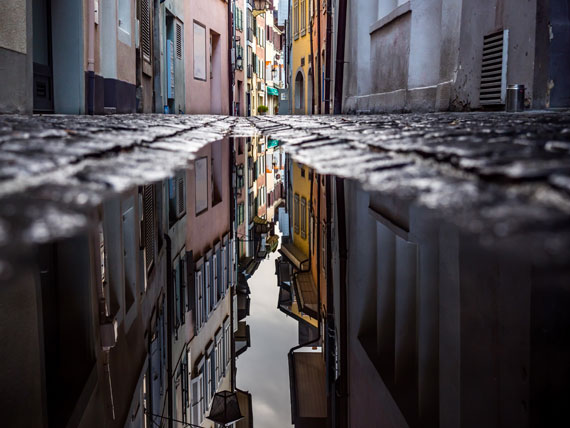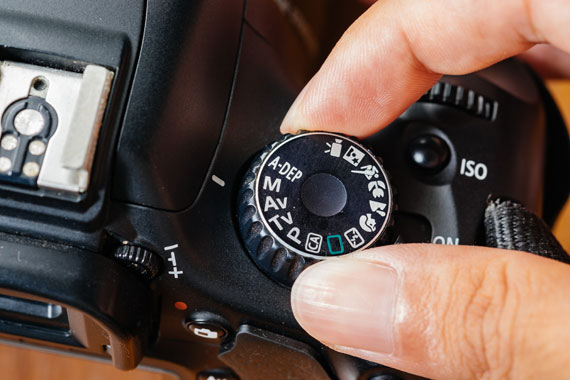Just released from the iPS team, Instagram Academy offers an educational approach to mastering Instagram, tailored for individuals seeking to enhance their presence and engagement on the platform. The course is designed by Hannah Birtwistle, who shares her journey from a working mom to an Instagram influencer with over 193,000 followers.
Course Overview
The Instagram Academy course promises a step-by-step guide to creating an appealing Instagram profile that attracts followers. It covers various aspects of social media branding, from presenting oneself confidently online to producing captivating content that resonates with audiences.
The course aims to demystify the processes behind successful Instagram accounts and provides practical tips for everyday users to improve their engagement and visibility.
Key Features and Offerings
- Content Creation: The course emphasizes the importance of creating high-quality, engaging content. It includes tutorials on photography, the use of Instagram’s myriad features like Reels and Stories, and tips on aesthetic consistency that helps make an account stand out.
- Understanding Instagram’s Algorithm: A significant portion of the course is dedicated to explaining how Instagram’s algorithm works and how users can leverage it to increase their content’s visibility.
- Monetization and Collaboration: For those looking to use their Instagram account professionally, the course offers guidance on securing brand collaborations and monetizing content.
- Community and Support: Subscribers gain access to a private online community where they can interact with other learners, share their progress, and get feedback.
- Flexibility and Accessibility: The course is accessible online, allowing users to learn at their own pace and even offline using an app for iOS devices.
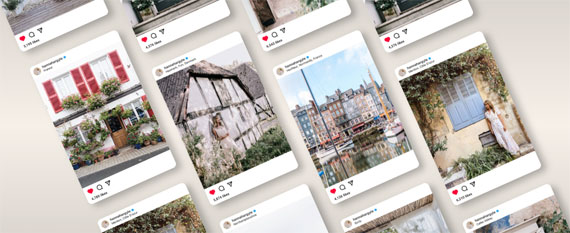
How to Get a Discount & Bonuses Today:
The Instagram Academy course is marketed at a discount price for the launch sale, which also includes several free bonuses such as video content creation shortcuts, personalized photo feedback, and cheat sheets for better composition and color use in photos.
Launch sale ending soon: Instagram Academy at 86% Off
- - - - - - - - - - - - - - - - - - - - - - - - - - - - - - - - - - - - - - - - - - - - - - - - - - - - - - - - - - - - - - - - - - - - - - - - - -
Photography, like any art or skill, thrives on consistency. The journey to becoming an adept photographer is paved with regular practice. Learn how PictureCorrect Insiders can help.
- - - - - - - - - - - - - - - - - - - - - - - - - - - - - - - - - - - - - - - - - - - - - - - - - - - - - - - - - - - - - - - - - - - - - - - - - -
This post New: Instagram Academy for Photographers appeared on PictureCorrect.
from PictureCorrect https://ift.tt/HkO7cZo
via IFTTT







